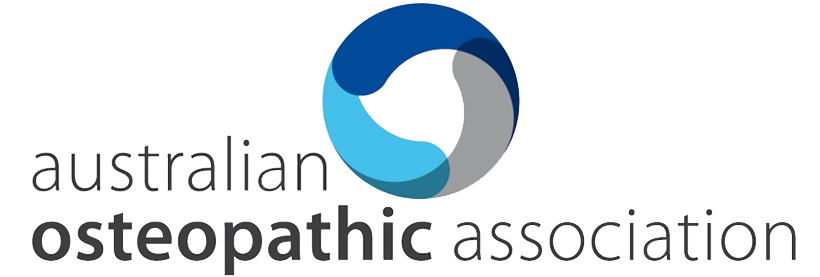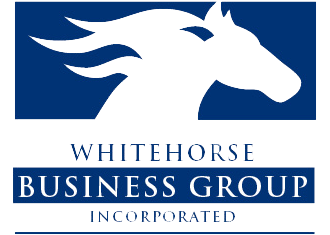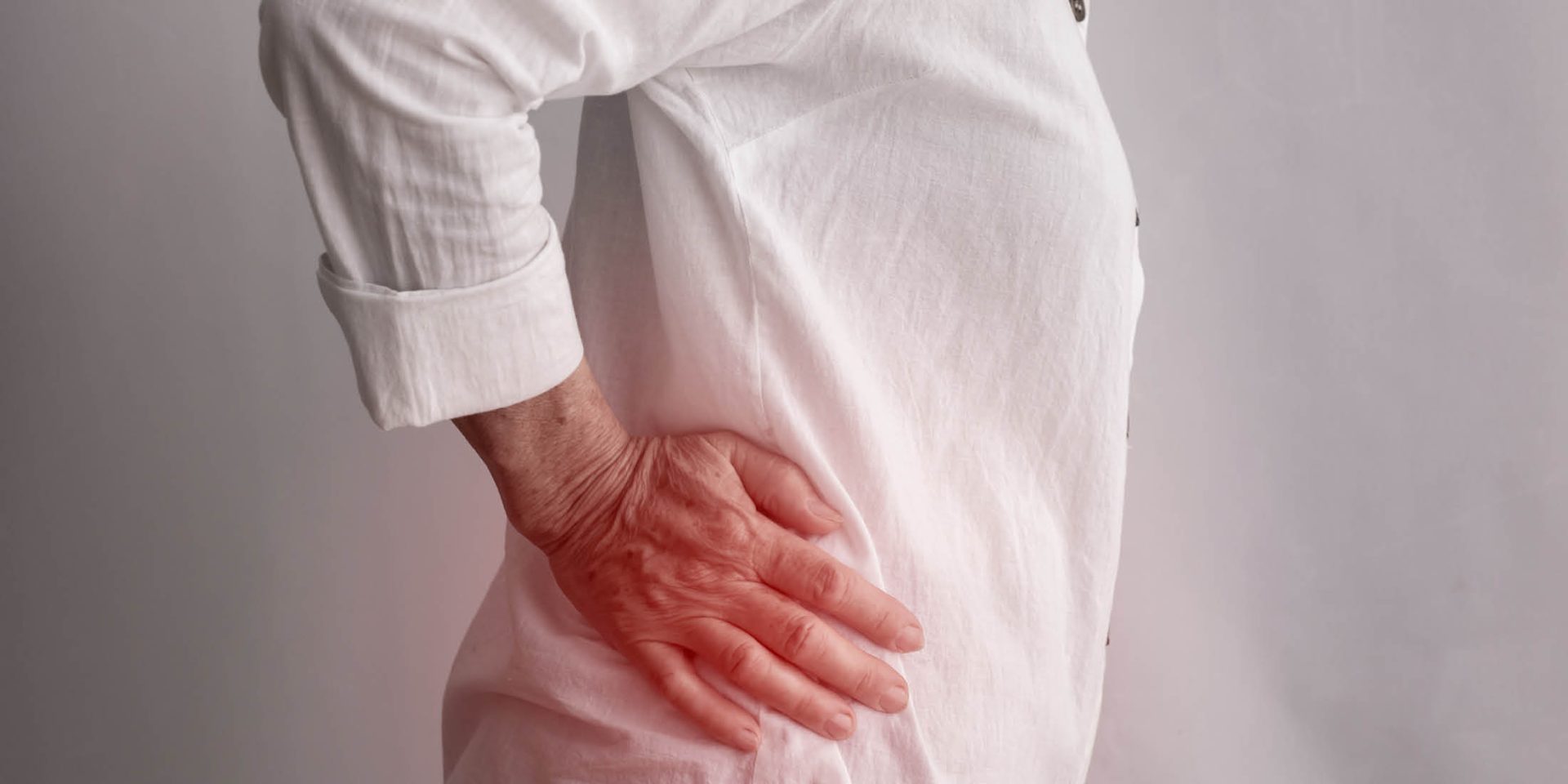
How can osteopathy help with hip pain?
Where exactly is your hip pain coming from? Is it in your groin or on your outer hip area? Perhaps the pain extends into your buttocks or into your thigh. Determining the exact location of your hip or groin pain is essential to diagnosing and treating the underlying cause of your pain. In some cases, your hip pain may not be the result of your hip joint.
The hip ball and socket joint is the largest joint of your body and is responsible for much of your body’s upright movement and motion. It is a complex and sturdy structure, which supports the weight of your body but as we age it is prone to wear and tear and sensitive to trauma. Conditions of the hip can be an irritating and painful complaint. Before you panic at the thought of having a hip replacement, it’s important to get to the source. Hip pain is often associated with groin, back and knee conditions. To effectively treat and relieve hip pain, it’s important to make an accurate diagnosis on what is causing your hip pain. Acute hip pain is often the result of soft tissue strain or injury and can respond well to osteopathic treatment and hip exercises. Patients who have had surgery or a hip replacement may also find osteopathy helpful in their recovery.
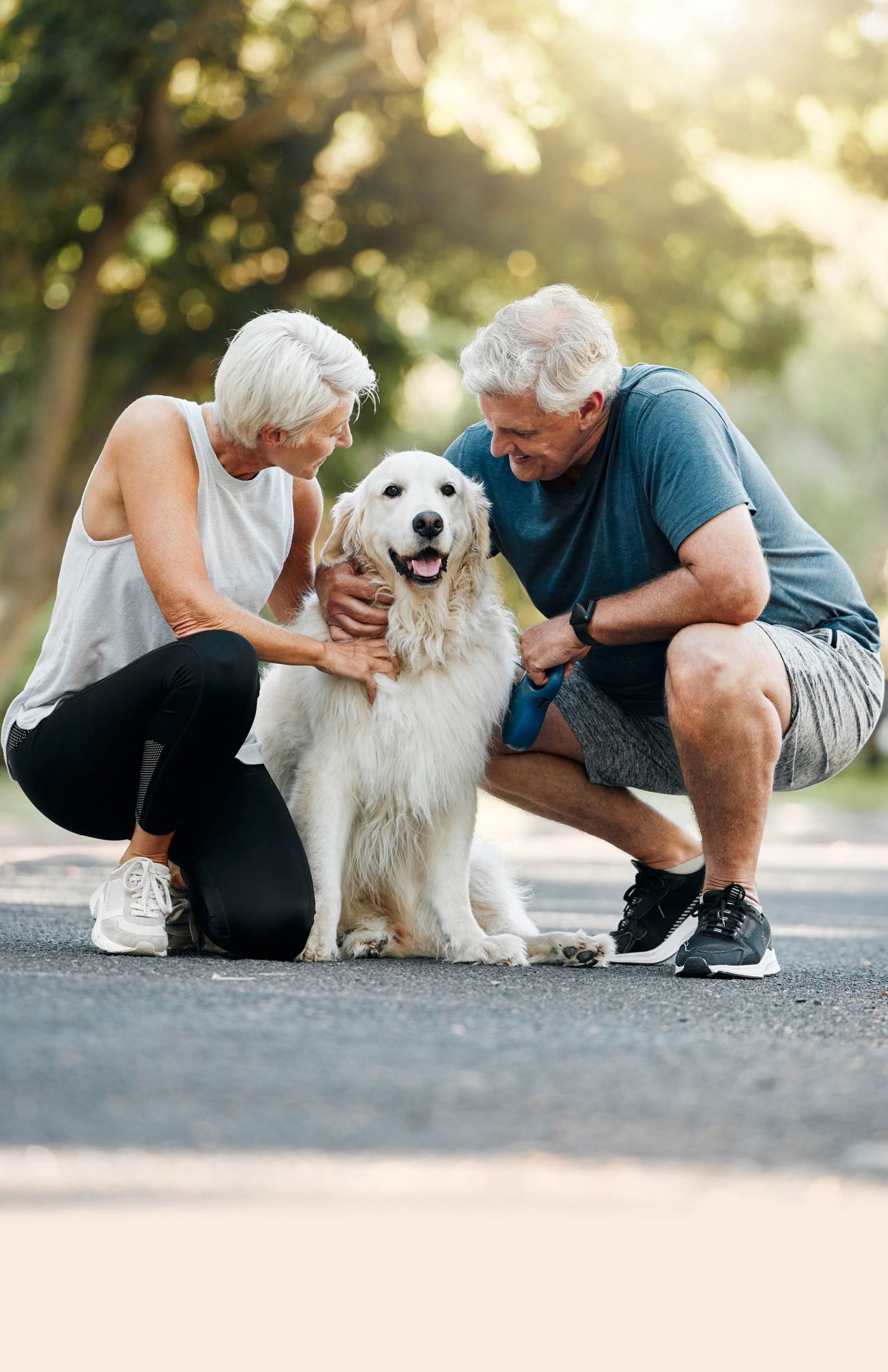
What are the common symptoms associated with hip pain or groin pain you should see an osteopath for?
Hip pain regardless of where it radiates from can be debilitating. It can impact your day-to-day activity, your sleep and leave you feeling miserable. Hip pain can often result in a limited range of motion and it’s common for those suffering with hip pain to develop a limp.
Symptoms of hip pain include::
- A deep pain and stiffness radiating from the hip joint. This is often felt in the groin area or front of the hip. It’s often felt when placing weight on the affected side or with any movement/rotation of the leg.
- A dull constant ache or throbbing around the outside of the hip, often worse at night.
- Muscular tightness in the gluteal (buttock) muscles.
- Reduced range of motion
If you experience other general health symptoms or your hip pain comes on suddenly after a fall or accident, you should seek medical advice immediately.
It is uncommon for these symptoms to be the sign of a more serious health condition. If you experience other general health symptoms, incontinence or numbness, or your back pain has come on suddenly after a forceful accident, you should seek medical advice immediately.
What can trigger hip or groin pain?
- Sudden falls or accidents, particularly if you fall into a forceful seated position
- Periods of prolonged sitting at a desk or in a car
- Lower back conditions such as sciatica or piriformis syndrome can refer pain into your hip.
- Any muscular strain or injury around the hip, groin, buttocks, thigh or knee area.
- Sporting activity that involves constant leg movement and places strain on the hip joint such as running, cycling or downhill skiing.
- Regular climbing action such as hills or staircases.
Common back pain conditions we treat at our Camberwell clinic.
Clients who visit our Camberwell osteopathy clinic differ considerably in age, lifestyle and fitness level. Many hip problems are the result of soft tissue strain around the area, degeneration of the joint cartilage (osteoarthritis) or inflammatory conditions such as rheumatoid arthritis. We have treated patients with trochanteric bursitis, a common and painful condition felt on the side of the hip and aid the recovery for patients who have had recent hip surgery or a hip replacement.
We treat other musculoskeletal conditions that may cause various forms of hip pain. These include:
- Iliotibial Band Syndrome (ITBS) – A condition resulting from inflammation in the knee.
- Sciatica – A nerve pain in one side of the lower back that travels down the leg.
- Piriformis Syndrome – A painful irritation that occurs when the piriformis muscle in your buttocks compresses the sciatic nerve.
- Meralgia Parasthetica – A condition resulting from nerve compression in the upper thigh.
- Sacroiliac Joint pain (SI joint) – A painful joint irritation at the base of your spine. The SI joint connects the base of your spine or sacrum with the pelvis, closely located to your hip. Pain is often felt in the lower back, hip and down the leg.
For many clients with chronic hip conditions, osteopathy forms part of their pain prevention or hip maintenance in conjunction with the right exercises and complementary lifestyle factors.
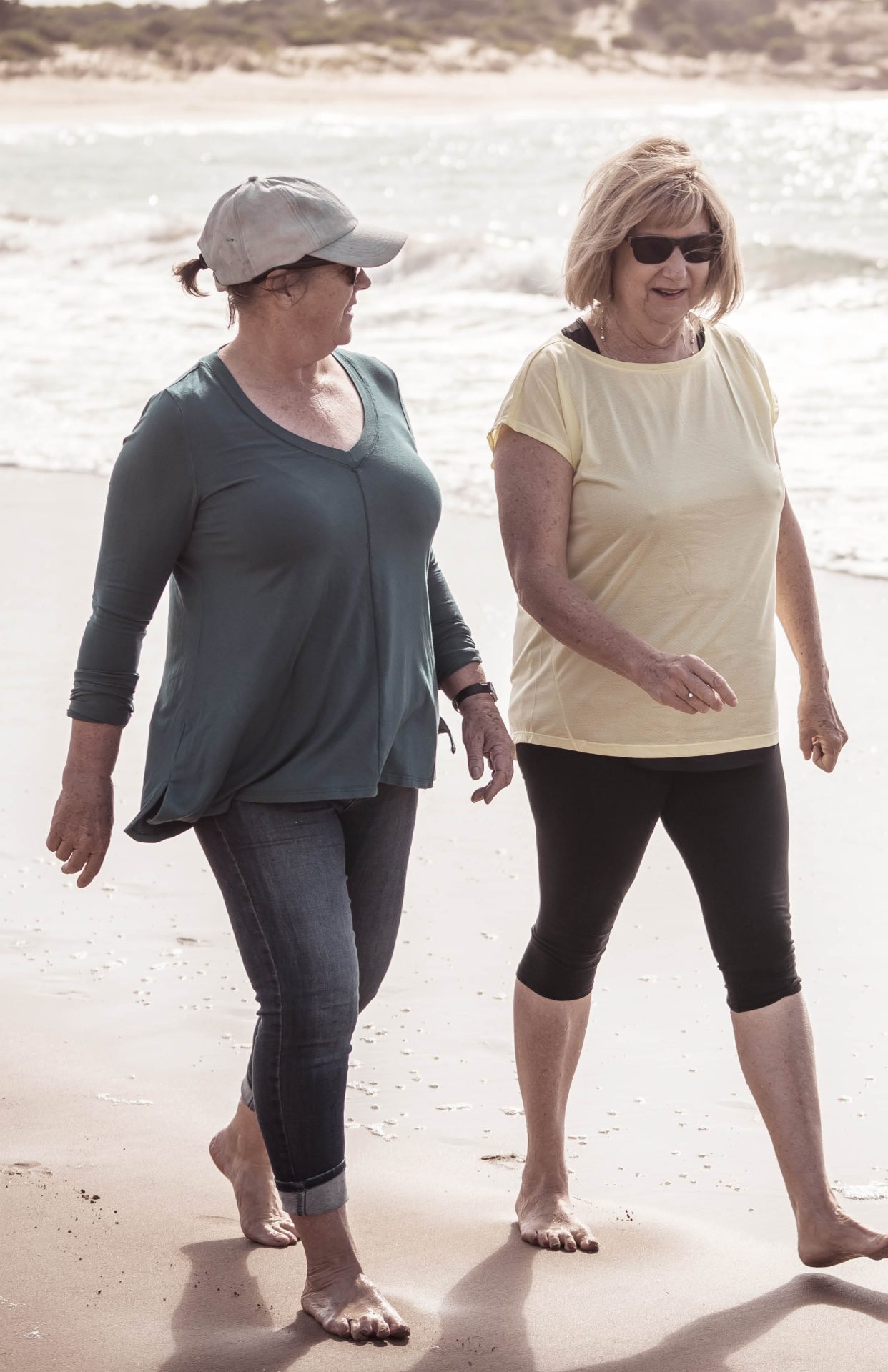
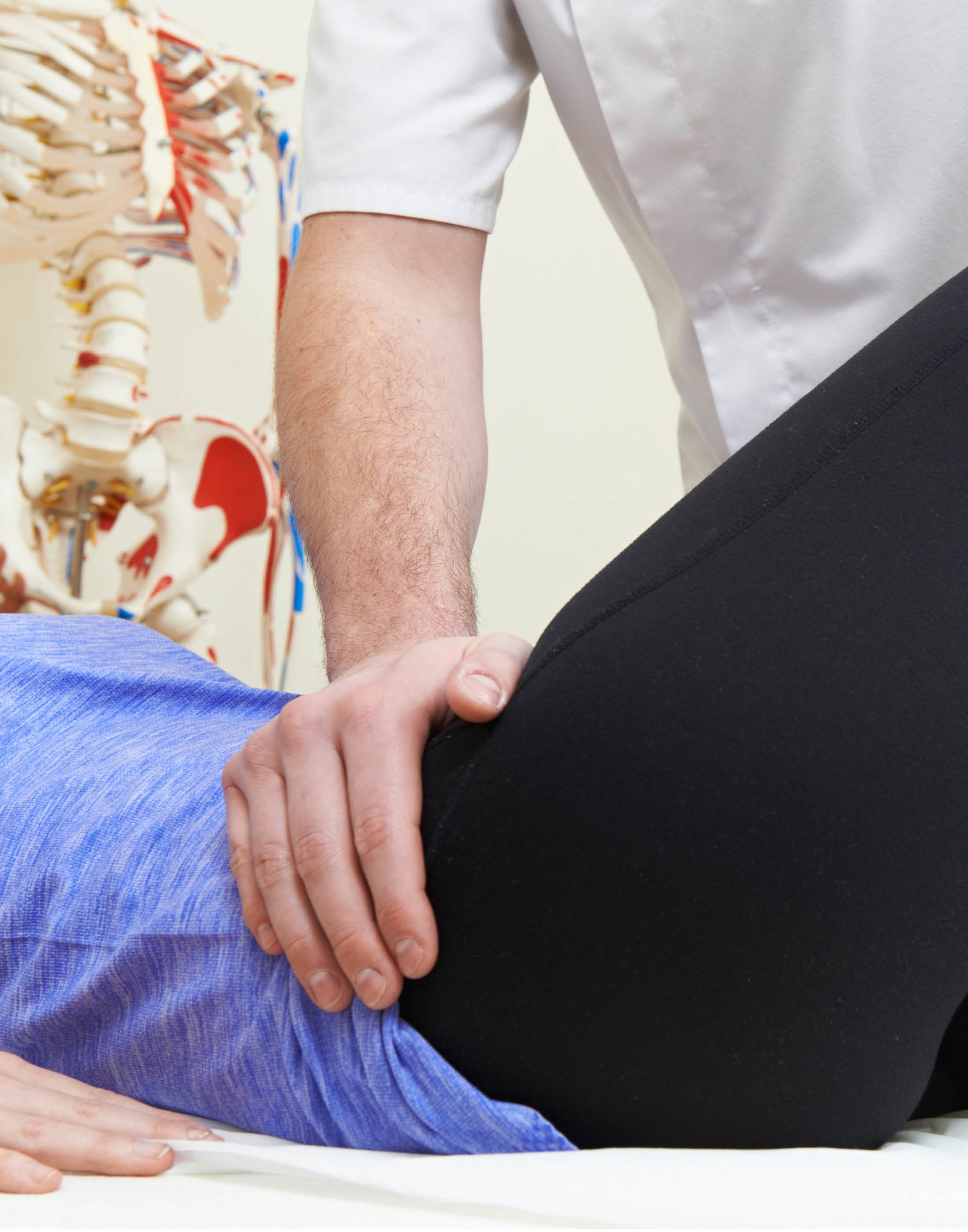
Our approach to treating and relieving your hip pain.
As with all conditions, we take very personalised approach to treatment. Our first task is to conduct a physical assessment to determine exactly what is causing your hip pain. Osteopathy is a gentle, hands on treatment for hip pain. Osteopathy uses a variety of techniques to alleviate muscle and tendon tension. We will match the pressure of massage and muscle manipulation to your pain tolerance. Our aim is to get you back on the road to recovery, enjoying the activities you love doing without discomfort. Together we’ll look at your lifestyle factors and identify the potential activities or triggers for your hip pain and work out a comprehensive recovery plan, including appropriate exercises you can do at home in between osteopathy appointments.
What can you do in between osteopathy appointments to help relieve your hip pain and aid in recovery?
Should you apply ice or heat to your hip?
Cool therapy is the method of choice for recent hip pain or muscle strains in the area. Applying an ice pack (according to instruction) within the first 24-72 hours, for up to 20 mins can help to relieve pain, swelling and inflammation.
For hip ache or pain where there is no obvious bruising or swelling, many clients find heat therapy helpful to relax the surrounding muscles. Heat packs can be applied 72 hours after initial symptoms.
Rest versus activity.
Regular activity and maintaining a healthy weight is the ideal way to prevent hip problems. If you are recovering from a hip strain, it’s important to rest up until the injury has healed. Returning to normal activity too quickly is likely to hinder, not help your hip recovery. Pain is an important guide to understanding what your limit is. As you pain reduces, you can gradually get back to your normal exercise routine but it’s advised to avoid high impact activities that place stress on the hip joints. Exercising in water is a great way to strengthen your muscles without putting the hip joints under strain. By speaking to an osteopath, we can advise you on the specific types of activity to help rehabilitate your hip strain or injury.

Gentle stretching to help with hip pain
Stretching out your hip muscles on a daily basis will release tightness around the joint and help prevent future hip strain or injury. Strengthening you inner and outer thigh muscles and keeping your gluteal muscles relaxed can help prevent hip pain.
If you find the muscles are too tense and simply don’t want to release, this is when you’ll find treatment beneficial. Osteopathy helps to relax the soft tissue surrounding the hip, groin, lower back and buttocks. This helps to restore movement and makes it easier and less painful to stretch.
Proper stretching technique is essential to ensuring you get the maximum benefit. Be sure to seek advice on which stretches are best for your hip condition and how to do them correctly.
Watch Geoffrey, our osteopath demonstrate these two simple stretches you can do at home to help maintain healthy hips.
